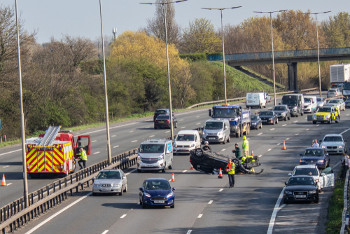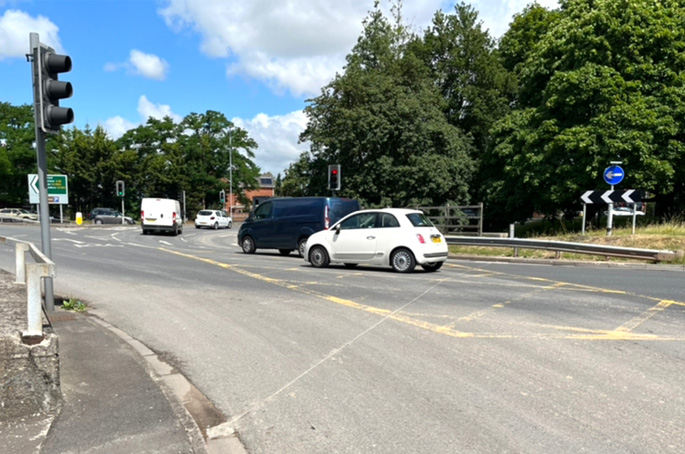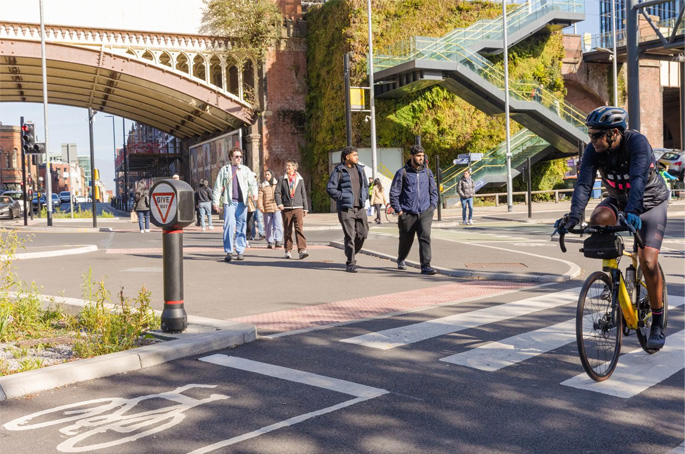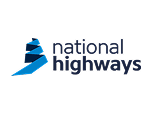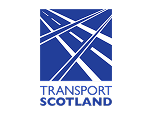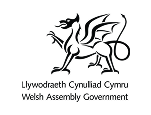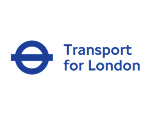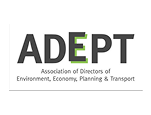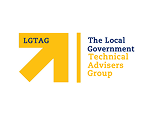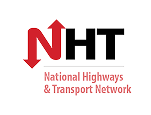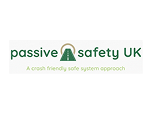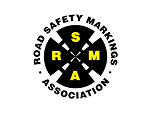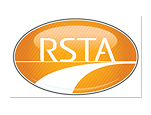National Highways has refused to reveal its emergency plan to reach a critical safety target next year and has admitted telling its monitor to keep the details secret while it consults on possible schemes to cut casualties.
The government-owned company has a target to reduce the number of people killed or seriously injured (KSI) on the strategic road network (SRN) by 50% by the end of 2025, compared to a 2005-2009 average baseline.
Latest figures record that there were 1,913 KSIs on the SRN in 2023, a cut of 39% below the baseline. This figure was down by just 26 casualties on 2022, meaning that National Highways is even further outside of the trajectory it needs to meet the target.
Officials at its monitor, the Office of Rail and Road (ORR), said the figures reinforce its assessment that the additional actions the company is taking to achieve the target are unlikely to deliver a sufficient improvement.

Source: the Office of Rail and Road
The ORR asked last year for these additional actions to be ‘transparently' put in ‘robust plan' by the end of March 2024, only have National Highways tell it to keep the contents a secret.
National Highways has confirmed that it told the ORR to keep the plan confidential but argue that some measures in the plan ‘are still going through consultation', despite the final year for the KPI to be achieved beginning in just two months.
Chief executive Nick Harris told Highways: ‘We could see that because of the movement of projects and a whole host of other things, it is going to be a challenge to achieve the target of 50% reduction so we came up with a list of schemes – these have been done fairly quickly.
‘They have to be things with quick impacts, they are not big constructions schemes. They are relatively quick local schemes. We are still reviewing what can be delivered. It's just they are not stable and firmed up yet, which they surely will be.
'And I see no reason why they can't be shared [when they are]. In some cases there is a plan for a plan so we are not sure they are deliverable yet.'
Mr Harris confirmed that the schemes required no additional funding sign off and suggested they should not be held up in planning either.
‘It's part of the overall funding to achieve the safety target. All those schemes are funded. There is no additional funding required for them. We are repurposing money to achieve the safety target we were originally set.
‘Generally, we are looking at schemes that won't require planning because of the timescale. We are looking at issues like: do you need planning, does it need traffic orders, is there power available in that location? They are going to be more local improvements that we need to be reasonably sure will deliver a safety benefit.'
He cited projects like improvements to road alignments and sight lines, or changes to the road configuration to improve driver speed behaviour, as examples of the types of schemes National Highways is still consulting on.
The national operator has declined to give details of any such consultation but admitted in August that it was working closely with the ORR and Department for Transport to manage ‘relevant risks' to the plan ‘where possible'.
A spokesperson said: ‘The plan is a working document which includes additional safety measures to help us to try to meet our target on top of our existing published delivery plan.
‘Some measures included are still going through consultation and governance which is why it has not been published.'
Rather than disclose the plan, National Highways sent Highways a list of measures that it claimed were in it:
- Identifying high-risk areas where additional interventions can be implemented quickly including signage, road markings, pedestrian crossing improvements and speed management enhancements to reduce collisions
- Trialling technology to detect unsafe driver behaviour; working with companies to notify them of unsafe or high-risk driving behaviours
- Rolling out additional emergency areas on smart motorways
- Taking a leadership role to identify, prioritise and deliver agreed safety measures within our Road to Zero Harm project and establishing a Road Safety Panel bringing together key road safety experts (including emergency services, recovery services and road safety charities) to enable a more joined approach to road safety delivery.
Some of these measures significantly pre-dated last year's ORR report. For example, this National Highways webpage states: ‘In January 2022 the Government committed £390m over the duration of the second Road Investment Strategy to roll out an emergency area retrofit programme.'
In a blog on the ORR's website, Rachel Gittens, deputy director with responsibility for the SRN noted that National Highways needed to reduce the number of casualties by another 11 percentage points – or 356 KSI casualties – by the end of 2025 but said it was ‘it is improbable' that it would achieve this.
She pointed out that traffic on the network increased by 2.2% between 2022 and 2023 and that, as a result, the KSI casualty rate fell by 3.5%, from 20.7 to 20.0 KSI casualties per billion vehicle miles.

